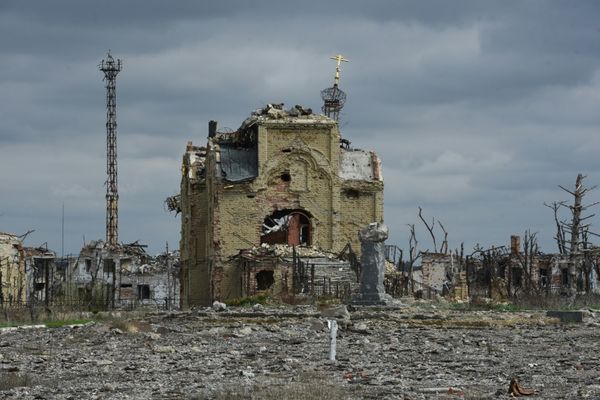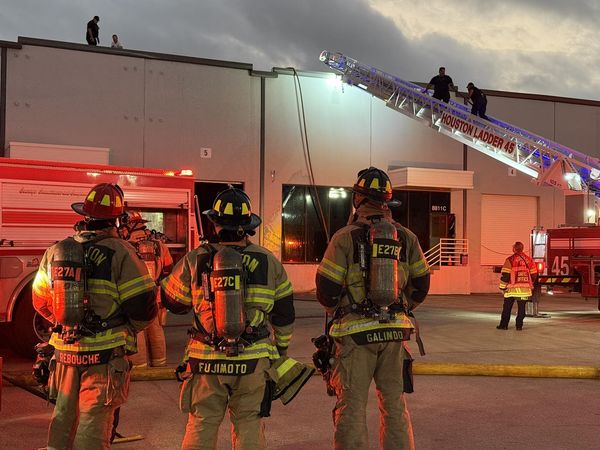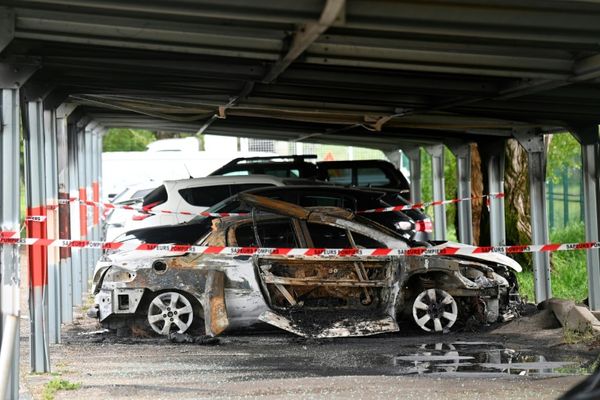
For a nation that watched Neil Armstrong walk on the moon, the next frontier was living in space.
That was why in 1973, NASA launched its first, and so far, only space station, Skylab. Over three missions, nine astronauts spent 174 days in orbit, living and working 270 miles above the Earth.
But Skylab has been largely forgotten, as it is better known for crashing and burning into the Indian Ocean and Western Australia on Jul. 11 in 1979.
Now, a documentary is shining light on its overlooked place in space history and scientific breakthroughs.
“Searching for Skylab” shows how much was learned about our planet, the sun, space, and the entire universe.
Over 270 experiments, scientists found that the human body can both live and work in space for long durations without getting excessively tired.
There were no negative psychological effects reported.
“I now have a new orientation … of almost a spiritual nature,” one of the astronauts, Bill Pogue, says in the film. “My attitude toward life and toward my family is going to change. When I see people, I try to see them as operating human beings and try to fit myself into a human situation instead of trying to operate like a machine.”
Through measuring the sun’s activity by electromagnetic waves and x-rays, it was found that solar activity profoundly impacts Earth’s weather and climate.

Such observations also showed that even in its quiet phase, the Sun is still extremely active with some brighter and darker spots.
The third crew made multiple observations of the comet Kohoutek, revealing its shape relative to the sun, the first time a comet had ever been seen by man from space.
“The comet’s got a spike and a tail,” astronaut Edward Gibson says, “the spike is very evident. It is not 180 degrees out, but more like 160 degrees. It is yellow and orange … just like a flame. It seems to be the same distance out as the tail, and there is a diffuse amount of material which goes out and joins up with the tail.”

They also found that when crystals solidify in a weightless environment, they are smoother and have a higher growth rate. And they found that gold and germanium made different alloys or compounds when combined in zero-gravity conditions from those on Earth, showing that elements can behave differently in space.
Just three of the astronauts are still alive: Joseph Kerwin, from the first mission, Jack Lousma from the second and Edward Gibson from the third.
The other members of the Skylab mission’s first crew were Charles C. Conrad Jr., who died in 1999 and Paul J. Weitz who passed in 2017. The second crew included Alan Bean, who died in 2018 and Owen Garriot who passed in 2019.
The other members of the third and final crew were Gerald Carr, who died in 2020 and William “Bill” Pogue who passed in 2014.
Many people assume that because of its crash, the spacecraft was a failure, according to the documentary’s director, Dwight Steven-Boniecki.

“This belies the fact that the three missions carried out on board single-handedly changed the way in which we live on earth,” he said.
Part of being an astronaut is being on your own when an emergency happens, according to Steven-Boniecki.
“But for the first time in NASA history, there was a rescue plan. If something went wrong on Skylab and the crew would be unable to return home using their own Apollo spacecraft, NASA was prepared to launch a rescue mission,” he said on Facebook.
Skylab’s crews set a new world record at the time for the longest continuous in-space stint at 28 days— five days longer than the previous record set by the Soviet Union.
Five years after the last Skylab mission, the space station’s orbit deteriorated earlier than expected because of unanticipated high sunspot activity.
The documentary is available to purchase on a standalone website.
A “watch party” with a panel led by Skylab astronauts and an opportunity to speak with Edward Gibson, Jack Lousma, and Vance Brand is also planned for Aug. 28.
(Edited by Hugh Dougherty and Alex Willemyns)







